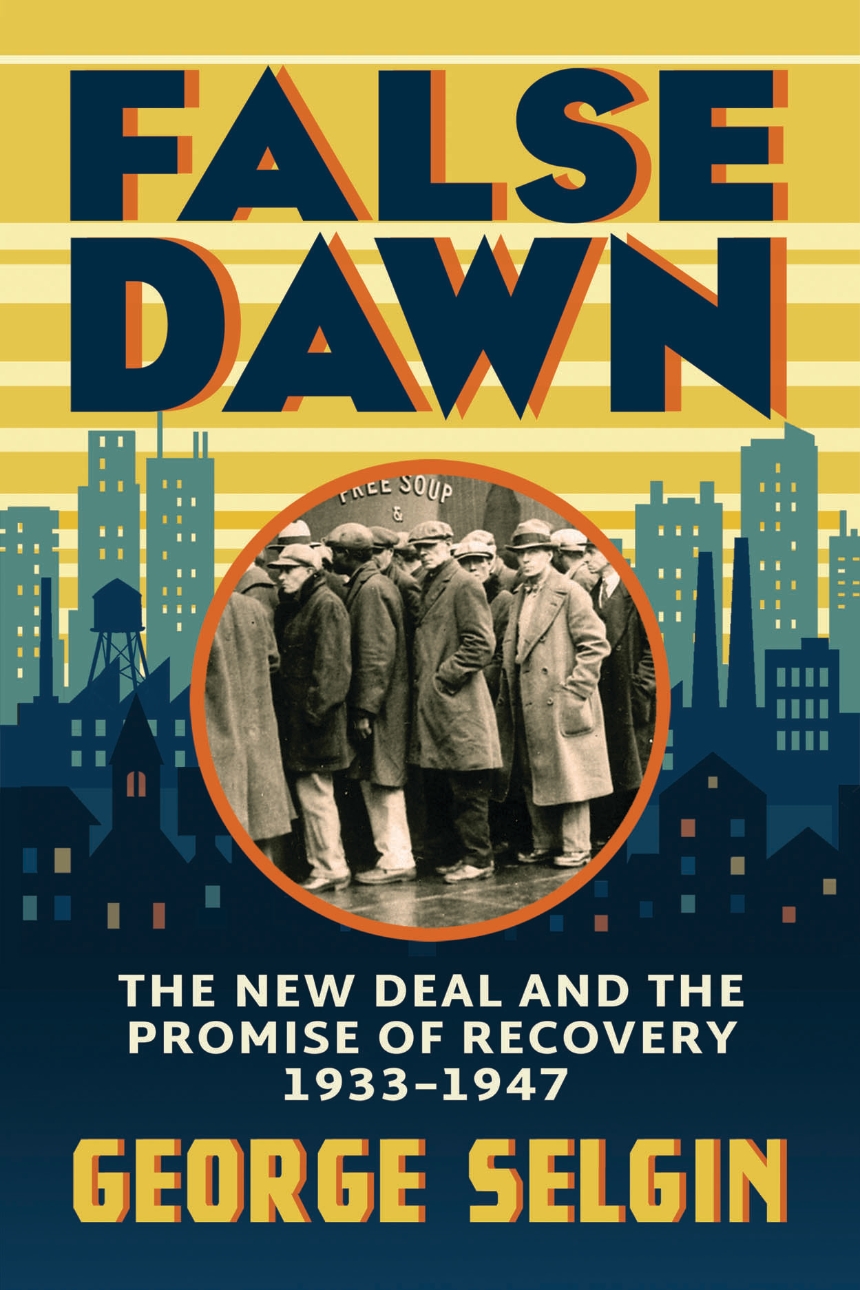Perhaps the focus on the details of the individual programs is not the right approach. Isn’t the positive effect of the New Deal the stimulus from increased government spending? Isn’t the idea underlying the New Deal the Keynesian argument that it doesn’t matter how the government spends money (digging ditches and filling them back up is fine) as long as there are large government budget deficits? Isn’t the New Deal the prime example of a Keynesian success story? Not at all.
For most years in the Great Depression, the increased federal government spending was matched by reductions in state and local government spending. There was a large federal deficit in 1936 when Congress passed a veterans’ bonus bill. Since the bill was passed over Roosevelt’s veto, it is hard to sell the 1936 deficit as a part of the New Deal fiscal program.
As Selgin amply documents, far from being someone who brought Keynesian economic policies to the national stage, Roosevelt opposed the Keynesians. He was quite determined to have balanced budgets, matching any increases in spending with new taxes. It was only in 1938 that Roosevelt even made a nod toward Keynesian policies, agreeing to forays into fairly small deficits.
You don’t have to take Selgin’s word for the fact that the New Deal is not even remotely a Keynesian program. Keynes himself routinely criticized economic policy under the New Deal, often in very public ways. Selgin, no fan of Keynesianism, ironically notes, “Keynes had little influence on New Deal policies is only part of the truth too many popular accounts of the New Deal fail to tell. It’s also true that had Roosevelt actually taken Keynes’s advice, the Great Depression might not have been so severe.”
Since it wasn’t Keynesianism, what did motivate the assorted initiatives in the New Deal? Selgin quotes Frances Perkins, who was Secretary of Labor for all four Roosevelt terms: “It is important to repeat, the New Deal was not a plan, not even an agreement, and it was certainly not a plot, as was later charged.” Instead, as Selgin documents, the New Deal was a haphazard collection of unrelated policies without any underlying economic model. Later attempts to portray the New Deal as a cohesive set of polices fly in the face of what Roosevelt’s closest advisors said. For example, Raymond Moley, the originator of Roosevelt’s “Brain Trust,” wrote that a belief that the New Deal was a “unified plan” is akin to the belief “that the accumulation of stuffed snakes, baseball pictures, school flags, old tennis shoes, carpenter’s tools and chemistry sets in a boys bedroom could have been put there by an interior decorator.”
